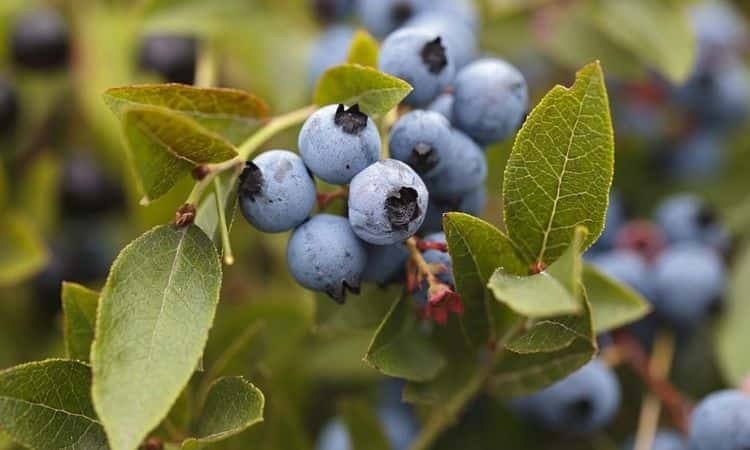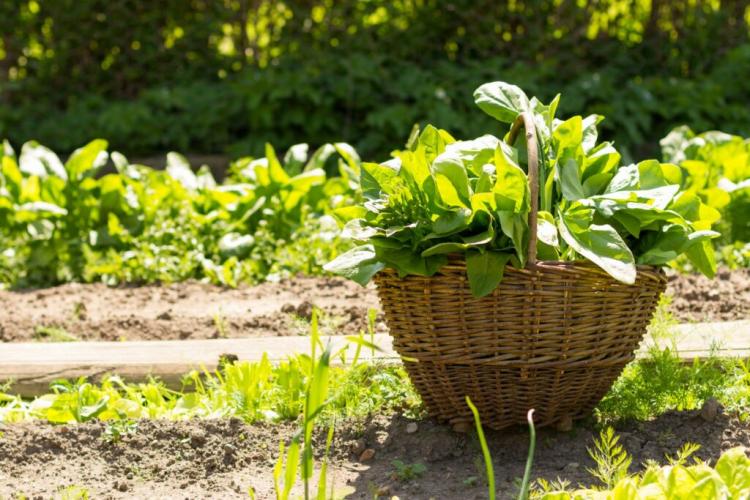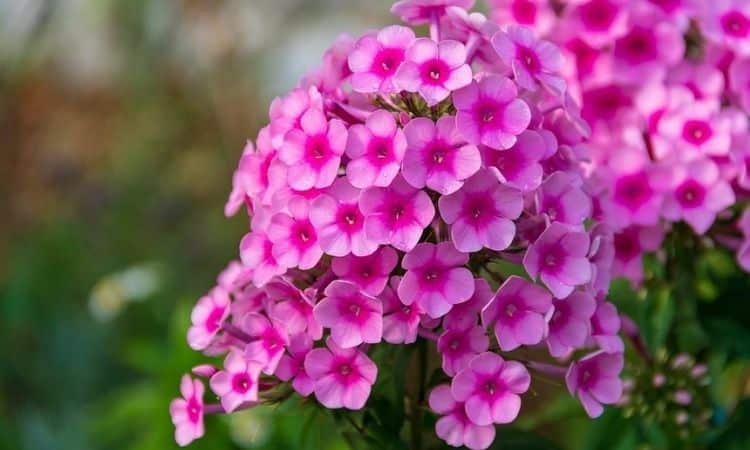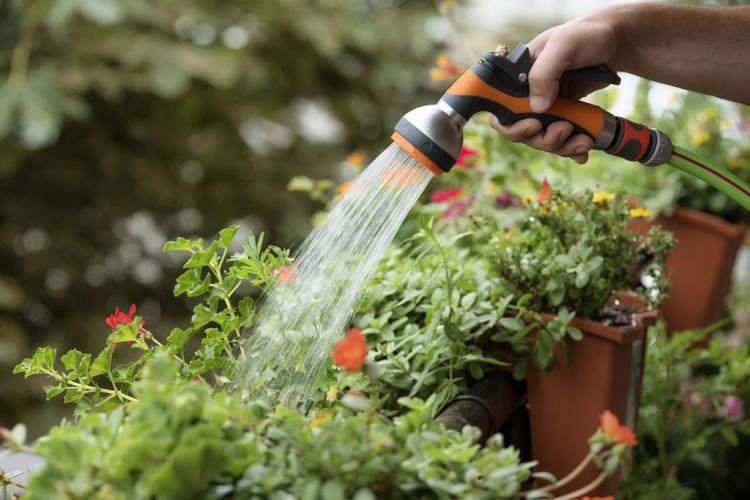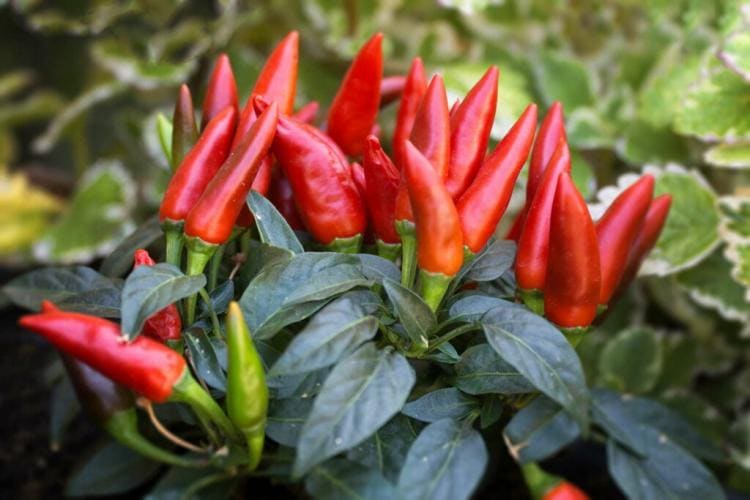Blueberries: How To Grow, Use And Cultivation
Blueberries are extremely healthy and very popular. Here you will find everything you need to know about the cultivation, care, and use of blueberries. Blueberries (Vaccinium), have always been an absolute hit in the kitchen and are popular in desserts thanks to their sweet taste and strong color.
With a little skill, the low-calorie blueberry can also be grown in your own garden and then provide high yields for years. Blueberries are actually the same plant, but the blueberry comprises several species. We will answer all your questions about the fruit bushes and show you how you can grow this popular berry yourself.
Blueberries: Origin and characteristics
Table of Contents
Blueberries are a genus within the heather family (Ericaceae). They are represented worldwide, but especially in the northern hemisphere, with many species. In this country, the wild blueberry (Vaccinium myrtillus) is only found in forest and moorland areas.
For the cultivation of blueberries, on the other hand, cultivated blueberries were bred, which are derived from the American blueberry (Vaccinium corymbosum). In contrast to the native blueberry, the cultivated blueberry can reach a height of up to four meters and delivers higher yields.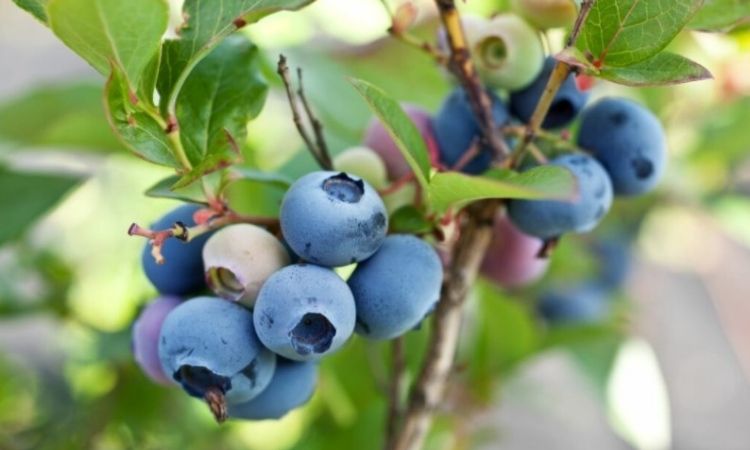
Blueberry varieties
The varieties of the cultivated blueberry were only created in this century by selection from the species found in North America and do not originate from the forest blueberries native to Europe. Therefore they differ in size, aroma, and color of the pulp. While forest blueberries with their dark flesh like to color not only the mouth and teeth blue, the flesh of cultivated blueberries is light.
Cultivated blueberry varieties
There is a wide variety of different blueberry varieties. In addition to the start of flowering and the ripening period, the fruit size can also be an important criterion for the choice of variety. Here we present a small selection of the best varieties:
- Bluetta: Very early variety with a short harvest time; medium-sized, not very ripe berries with a good taste; susceptible to disease; compact, slow-growing plant with medium yields
- Duke: Early variety with short harvest time; frost hardy; large, firm berries with very good taste; high yields possible
- Chandler: Variety known for its large berries with a very long harvest time; sweet-sour taste; growth is not rather bushy like most varieties, but somewhat more upright
- Reka: early variety (ripening at the beginning of July); strong blue, ripe fruit with good aroma; very high yield
- Patriot: medium-early variety (ripening in mid-July); very large, firm berries; fruits are often reddish at the base of the stalk; susceptible to diseases
- Bluecrop: medium ripeness (end of July to end of August); large, relatively bright fruits with good taste; tends to the strong formation of new shoots from the rootstock; broad growth
- Elizabeth: Ripens from the end of July; moderately productive variety with very large, firm fruits; medium taste; not suitable for cooler locations
- Golden grape: Late variety; vigorous; very large fruits with aromatic but slightly acidic taste; robust variety; drought resistant
- Darrow: very late ripening (end of August/September); very large berries; tasty, aromatic; late-ripening (from about mid-August) variety with very large, firm fruits; very good, slightly acidic taste; large
Forest blueberry varieties
Wild gathered blueberries are usually smaller than the blueberries planted in the garden. However, their taste is usually much more intense. For this reason, well-sorted nurseries also offer the wild forest blueberry, which is native to Europe. However, certain cultivars are not usually found. Instead, the wild forest blueberry is simply traded under its botanical name Vaccinium myrtillus.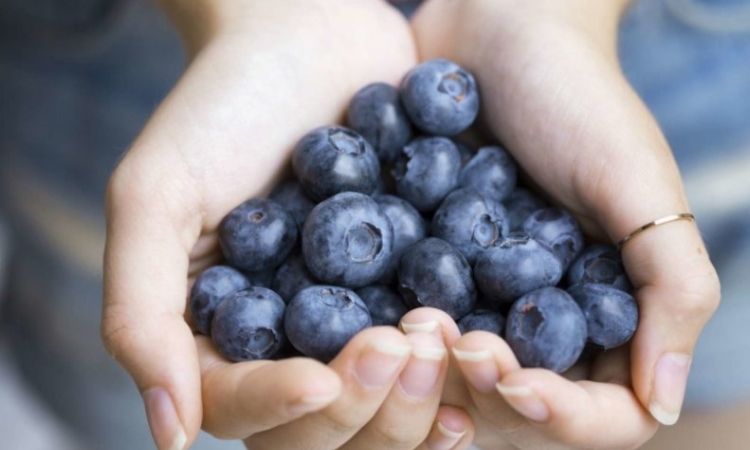
A comprehensive collection of blueberry varieties and more detailed information on the individual cultivars can be found here.
Planting blueberries bushes
Blueberry bushes have special requirements for their location. In a natural environment, blueberries grow in light woodland and moorland areas with a low pH value. For this reason, choose a fully sunny location in the garden that is nevertheless protected from the wind.
The ideal planting time is in autumn, from October to November, but planting is also possible in early spring. Two to three-year-old cuttings with a well-developed root system are best suited for planting. Dig a planting hole about 60 cm deep and 1 m wide and attach a foil to the sides of the planting hole.
Then fill the hole with special blueberry soil. To keep the soil acidic, you can also apply a mulch layer of leaves or bark mulch. Finally, water the plant with sufficient lime-free rainwater.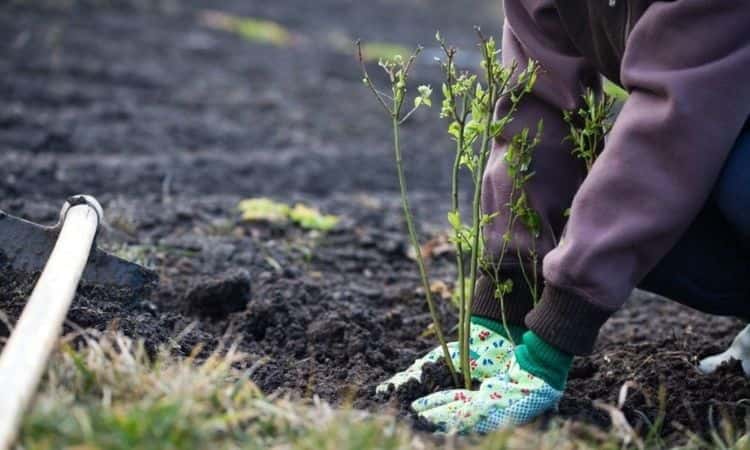
Blueberry Soil
The blueberry is a bog plant that is used to acidic soils. Therefore, the ideal pH value of blueberry soil is between 4 and 5. Garden soils are usually not acidic enough for this, so you should always use a suitable substrate when planting new plants. Rhododendron soil, for example, has a low pH value and is therefore perfectly suited for the cultivation of blueberries. For ecological reasons, however, you should not use peat soil. To improve the soil conditions, you can also use bark, sawdust, or shredded coniferous wood.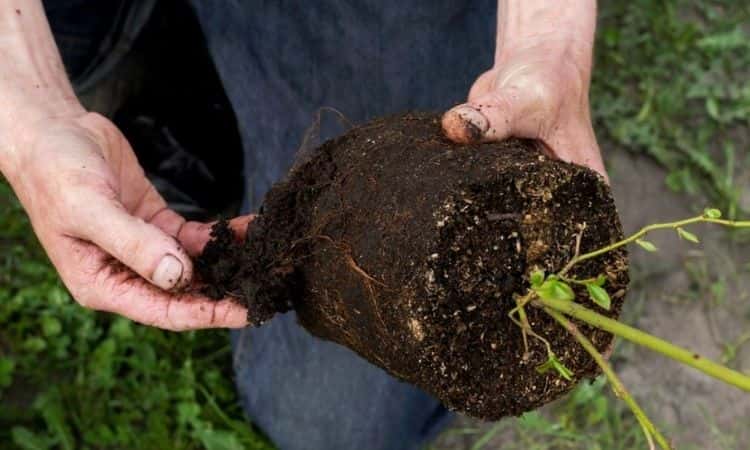
Fertilizing blueberries
Since blueberries prefer acidic soil, you should be particularly careful not to use fertilizers containing lime. These would increase the pH value. Special blueberry fertilizers, which are optimally adapted to the needs of the plant, are available from specialized dealers. Rhododendron fertilizer is also ideal for blueberries, as this plant has similar requirements for acidic soil.
The first dose of fertilizer is recommended in spring to promote the growth of young shoots. Second fertilization can then be applied before the fruit formation in June. If you prefer natural fertilizers, you can apply a mulch layer of needle litter, leaves, or pieces of bark, which provides the blueberry with long-term nutrients through gradual decomposition.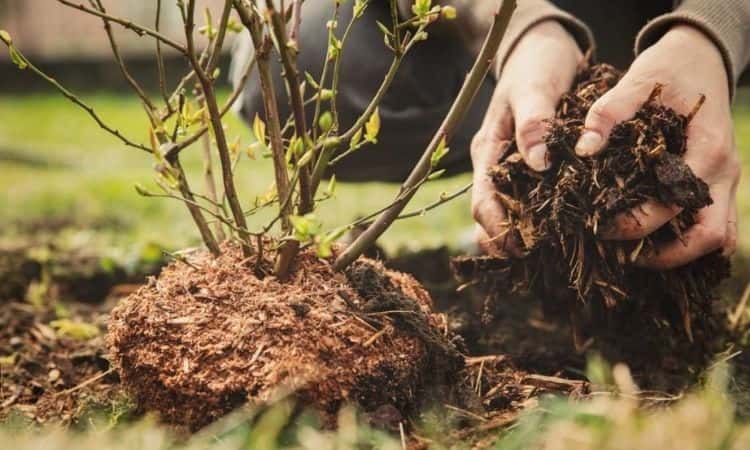
Also, you can incorporate organic materials – such as coniferous litter or chopped coniferous wood – into the soil as early as the planting stage. If necessary, water the plant with lime-free rainwater to ensure sufficient soil moisture.
You can find more expert tips on fertilizing blueberries here.
Cut blueberries
Blueberries develop very slowly and therefore only need to be cut every three to four years. The optimal time for cutting blueberries is in the fall after harvesting (October/November). However, make sure that the temperature during cutting is above the freezing point.
Necessary pruning due to disease or pest infestation can also be done in spring or summer. With very young plants it also makes sense to remove the flowers in the first years. In this way, the plant can put all its energy into shoot growth.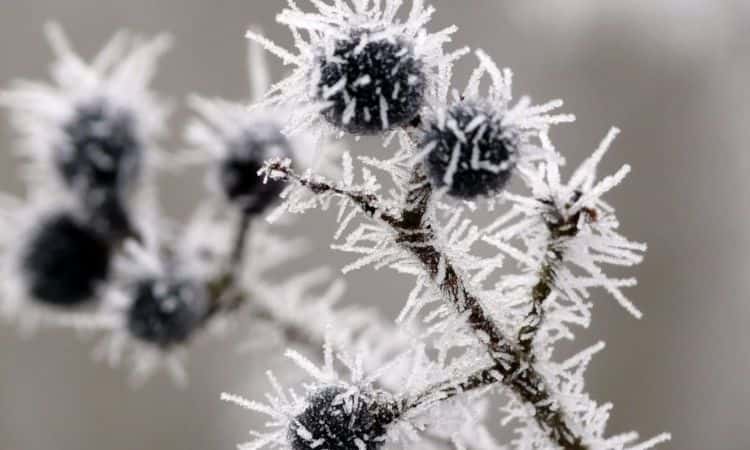
Propagating blueberries
Basically, you can propagate blueberries utilizing cuttings or cutters. When propagating via cuttings, bend shoots close to the ground downwards and cover them with soil. Only when the shoot has developed enough of its own roots can you separate it from the mother plant.
When propagating via cuttings, shoots are cut off from the plant and placed in a suitable substrate to allow them to develop roots. The propagation of blueberries via seeds is of little importance in practice due to the long developmental period alone.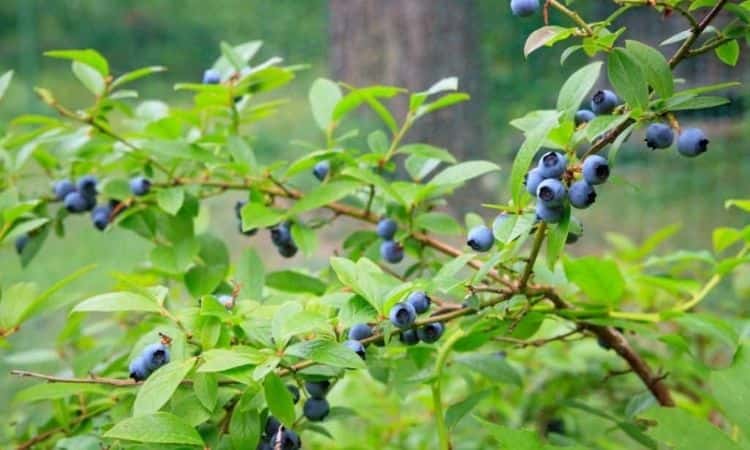
Picking and harvesting blueberries
Depending on the variety, blueberries can be harvested from the beginning of July to September. The berries ripen sequentially within a few weeks, so each bush must be picked several times. Blueberries should only be harvested when they are fully ripe and can be easily removed from the stalk. Also, you should be very careful when harvesting, because blueberries are extremely pressure-sensitive.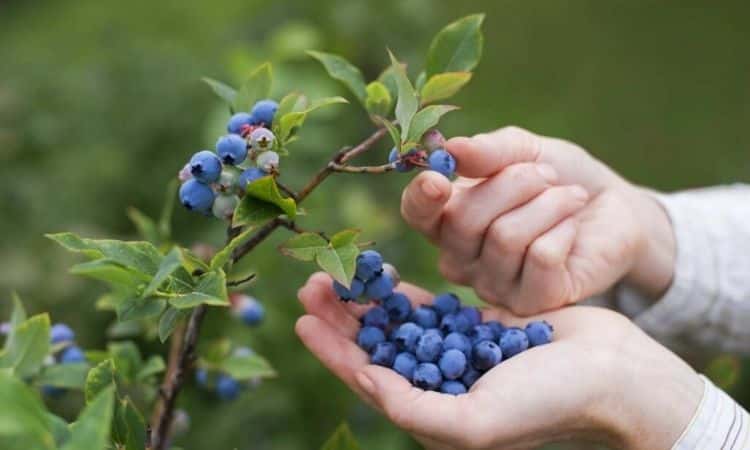
Q & A: Why blueberry bush not fruiting?
Blueberries love sunny, wind-protected places and acidic soil. Only in such locations, we get the best and most abundant harvest. Depending on the blueberry varieties, the bushes bear fruit from mid-July to the end of September. However, sometimes it happens that the blueberry does not bear fruit or the harvest is very small. That is why it is worth knowing the reasons for this condition.
You might so like: Blueberries Fertilizing: Expert Tips And Home Remedies
Blueberry does not bear a fruit because the soil is calcareous
When we plant blueberries, their specific requirements for the soil must be taken into account. They like the substrate to be light, humusy, and above all acidic (pH value should be 3.5 – 4.5). On alkaline soils the blueberry will not be able to bear fruit, the plants will also become weaker and will be more often attacked by diseases. Here you will find a detailed article on the topic: How to plant blueberries.
Acidification of the soil can be achieved by acid garden peat, pine bark, or various special fertilizers for acidification of the soil, such as ammonium sulfate. The recommended dose of ammonium sulfate is 30 g/m², divided into two parts – half of it is used before vegetation, the rest at the beginning of June. The fertilizer is spread around the plant at a distance of about 20-25 cm from the shrub stem.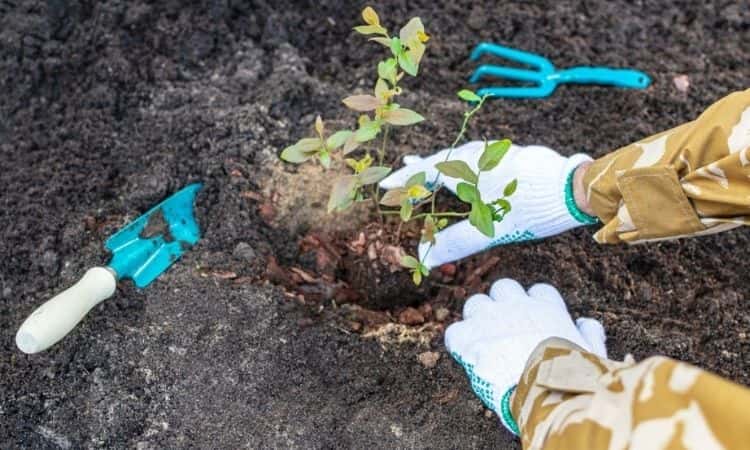
In garden stores, there are also special fertilizers for blueberries, which acidify the substrate and contain trace elements. Such fertilizers contain a whole range of macro and micronutrients for healthy blueberry growth and fruit formation. But often they are also more expensive, and if we have good garden soil, it is not worth paying much for such fertilizers.
The soil is not mulched
Constant humidity is very important when growing blueberries. Therefore it is important to mulch the soil under the bushes. A layer of litter not only protects against weeds. Above all, it reduces the evaporation of water from the substrate. For mulching, we should use pine bark, which also acidifies the soil. Coarse bark will keep the moisture in the soil and protect the blueberries from frost in winter. Blueberries have a shallow root system. Besides mulching, you should also remember to water the blueberries, especially during periods of drought. Blueberries have less fruit when the soil is dry.
Blueberry does not bear a fruit because it has not been fertilized
When we grow blueberries it is important to fertilize them properly. If we don’t use fertilizers that acidify the soil (ammonium sulfate or ammonium nitrate), the blueberry may bear less fruit. It is also worth to fertilize the bushes every three years with a mixture of compost and garden peat in a ratio of 1:2.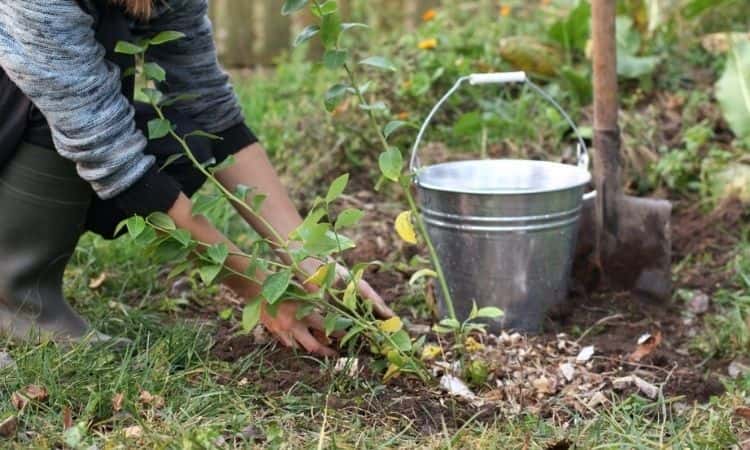
Grows in the shade
To form the buds and then the fruit, the American blueberry needs sufficient sunlight. Blueberries that grow in the shade produce few buds and have little fruit. Moreover, the fruits are small, poorly colored, and sour.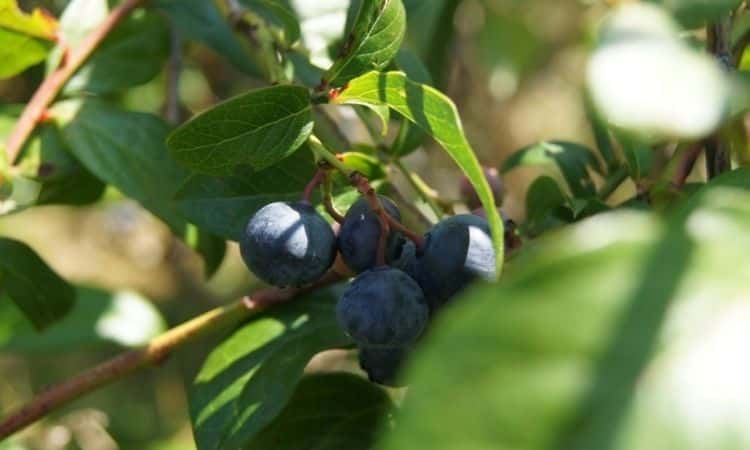
Not been cut
After several years after planting, it sometimes happens that the blueberry does not bear a fruit because the bushes grow too close together or because their shoots are too old. In this case, we rejuvenate the blueberry by pruning in spring. In this way, all the shoots are cut above the ground. Over the years, the blueberry shrub is then reshaped. Properly managed blueberries should have two or three shoots three-year-old shoots, the rest should be one- and two-year-old shoots. Blueberries bear their fruit best on 2-3-year-old shoots, while four-year-old and older shoots are removed.
No pollinator
Nowadays it is very rare that the blueberry does not bear fruit, due to the lack of pollinators. The vast majority of blueberry varieties are self-pollinating. Nevertheless, cross-pollination is favorable. So the yields are better by planting two different blueberry varieties next to each other. Therefore, if we plant more than one blueberry bush, we can best choose two different varieties.
Lacks mycorrhiza
The blueberry is a shrub whose growth and fruit formation is very much influenced by the presence of mycorrhiza fungi in the soil, which unfortunately are often underestimated. Mycorrhizal fungi establish symbiosis with the roots of blueberries and increase their absorption capacity. As a result, blueberries can more easily extract water and nutrients from the soil. The plants grow significantly better and produce higher yields.
We see particularly good results of the application of mycorrhizae in blueberry cultivation when the plants grow in unfavorable conditions. On too dry or poor soil the blueberries grow worse and do not bear fruit. Often, when we do not have the optimal conditions for blueberry cultivation, it is worth using the mycorrhiza vaccine.
